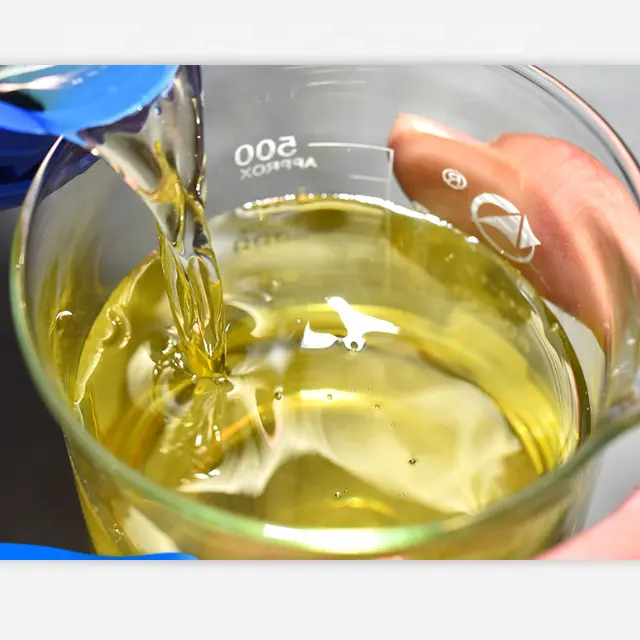Maintaining the cleanliness of a swimming pool is crucial to ensure the quality and safety of the water. Properly removing algae from the water is an essential part of daily pool maintenance. This article introduces a commonly used method for algae removal, which is copper sulfate algaecide. However, there are several important things to be aware of to ensure the health of the pool. The article provides a detailed discussion of the mechanism, advantages, and the importance of safe usage of copper sulfate.

Mechanism of Copper Sulfate algaecide
After adding copper sulfate to the pool water, it quickly decomposes and releases copper ions, a heavy metal, into the water. These ions interact with the cell walls and membranes of algae cells. These substances can disrupt the structure of algae cells, causing damage or even death. Additionally, Cu²⁺ ions can interfere with the physiological processes of algae, such as photosynthesis and cell respiration, thus affecting their growth.
Simultaneously, it can also precipitate certain organic substances and waste materials in the water, improving water quality.
Advantages of Using Copper Sulfate algaecide
Copper sulfate is an efficient algaecide. Its Cu²⁺ ions can act rapidly on algal cells, causing damage or death to algae cells. This allows for the quick removal of algae from the swimming pool, improving water quality.
The effect of copper sulfate is generally long-lasting and can be maintained for a certain period. Once added to the pool water, Cu²⁺ ions can persist and continue to act on algae. This reduces the need for frequent copper sulfate additions and maintenance.
Using copper sulfate to treat pool water can also effectively inhibit the growth of microorganisms, making the pool water safer and more sanitary. Therefore, this material serves as a versatile water treatment agent.
In the pool, copper sulfate can accurately control the algae content. By adjusting the amount of copper sulfate added, different levels of algae removal can be achieved.
Copper sulfate is a relatively inexpensive algaecide. Compared to other algaecide technologies, this method is cost-effective and provides noticeable results.
Adding copper sulfate to pool water is relatively straightforward and does not require complex processes or equipment. This makes it popular for use in all types of pools.
Safety Considerations
When using copper sulfate, appropriate personal protective equipment such as goggles, gloves, and long-sleeved clothing should be worn to prevent direct skin and eye contact.
Strictly adhere to the recommended dosage when adding copper sulfate to the pool. Avoid overuse, as it can be harmful to water quality and the environment.
Do not mix copper sulfate with other chemicals, especially those containing ammonia or chlorine. This can trigger a dangerous chemical reaction.
Copper sulfate is toxic, so it should be stored in a place where children and pets cannot access it. Ensure proper storage in a secure location.
After adding copper sulfate to the pool, avoid immediate contact with the water to prevent direct skin contact.
During disposal, follow local regulations and guidelines to prevent environmental contamination.
In case of accidental exposure to copper sulfate or any discomfort, take immediate first aid measures. If there is skin contact, rinse with plenty of water; if there is eye contact, rinse with plenty of water and seek medical attention promptly.
Copper sulfate is an effective algaecide when used correctly and safely. However, it is essential to always be mindful of the potential risks and the precautions to be taken before use. Only through careful selection and operation can we ensure clear water quality in the swimming pool and an enjoyable swimming experience.
 Instant
Quote
Instant
Quote Email
Us
Email
Us